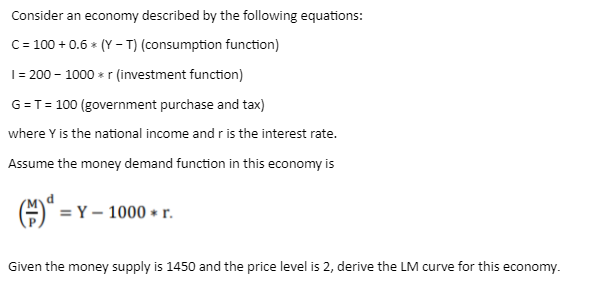Question
The show cause notice issued under SEBI (Procedure for
Holding Inquiries and Imposing Penalties) 1995 should have a minimum time period ofSolution
Rule 4 of SEBI (Procedure for Holding Inquiries and Imposing Penalties) 1995 In holding an inquiry for the purpose of adjudging under sections 15A, 15B, 15C, 15D, 15E,15EA, 15EB,15F, 15G , 15HA and 15HB whether any person has committed contraventions as specified in any these sections, the Board or the adjudicating officer shall, issue a notice to such person requiring him to show cause within such period as may be specified in the notice ( being not less than fourteen days from the date of service thereof ) why an inquiry should not be held against him.
What is the primary production capacity target (in Million Metric Tonnes per annum) that the National Green Hydrogen Mission (NGHM) aims to achieve by t...
By _____________ economists refer to an unanticipated inflation that reduces the real value of outstanding government debt.

Any straight-line supply curve that intersects the vertical axis above the origin has an elasticity of supply
Which of the following best describes Bertrand competition?
You are given the following data for national economy of a country Y:
Equilibrium GDP is $6000 million.
MPC is 0.8
It is considered...
Which among the following are the main pillars of the Basel III norms?
-
Minimum capital requirements
In the Solow model, what is the effect of an increase in the saving rate on the long-term growth rate of an economy?
The demand function for a good is X = 5000 – 10Px + 15Py + 0.2Y, where in Px is the price of X, Py is the price of another good and Y is the incom...
In classical linear regression model if we add in 90 in X and Y observation and re-estimate the regression model then slope coefficient
-


